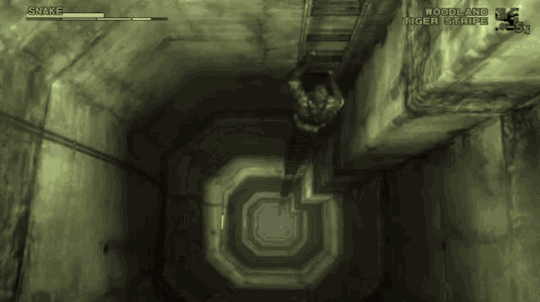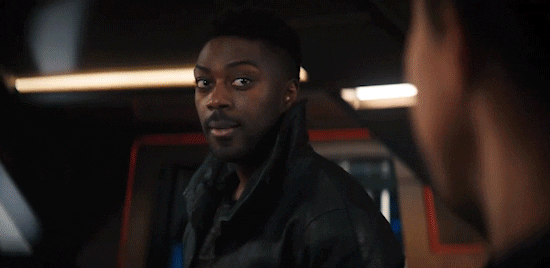Why do veteran devs frequently create their own studios?
Most of the time, it is because they have game ideas they want to make. Game developers tend to be driven by the need to create. I got into game development because I wanted to make my own game ideas into reality. Almost every developer I know had some variation of the same motivation - they wanted to make their own game ideas into reality as well. Everyone, from the freshest junior hire to the most experienced veteran, has their own game ideas that they want to make.

Unfortunately, the actual opportunities to your make your game ideas a reality are few and far between. Game ideas are cheap and plentiful; everyone has at least one and many of us have far more than just one. Building out and developing an idea, however, is expensive. It takes time, it takes money, it takes a lot of experienced and skilled people working very hard together in order to make it real. The cost (and therefore risk) of building a game is often so great that such opportunities are only offered to the most trusted of senior developers. The number of games that the biggest publishers put out each year is several orders of magnitude smaller than the publisher's number of game developer employees. Big publishers will employ thousands of developers and yet often put out fewer than two dozen new games in a year. The opportunities to even be allowed to pitch are typically reserved for a very select few.

So... if you aren't one of those "most trusted" developers to the publisher executives and still yearn to create your own game, what recourse do you have? If no one will give you the green light, you make your own green light - you take the risk on yourself (and maybe some trusted experienced game dev friends), persuade some external investors that you're trustworthy, and you try to build your idea out. That's often the reason for the creation of a new studio with a new game project.

That said, there are also other reasons for veterans to start a new studio (albeit usually without as much fanfare). Some studios start because their founders are skilled but tired of the individual crunch and the grind of working for huge corporations. Instead, they build their own studio and offer consulting/contracting services to their former overlords, getting in on some of the ownership while retaining their own freedom and company culture. These contractor studios often specialize in certain fields (e.g. [rescue operators], art asset creation, porting an existing game to a new platform, etc.) and function as squads of game dev mercenaries brought in to fill specific gaps in the development team of bigger projects.

Starting a new studio is generally an opportunity to do things the way you want them done. This can mean working on the game idea you want to make, setting the inclusivity policies you want to set, establishing a worker-owned collective like you want to establish, have the work-life balance you want to have, fostering the company culture you want to foster, and so on. It's an opportunity for a fresh start. I'm sure that you can see why grizzled veterans might see that as a risk worth taking.
[Join us on Discord] and/or [Support us on Patreon]
The FANTa Project is being rebooted. [What is the FANTa project?]
Got a burning question you want answered?
- Short questions: Ask a Game Dev on Twitter
- Long questions: Ask a Game Dev on Tumblr
- Frequent Questions: The FAQ




